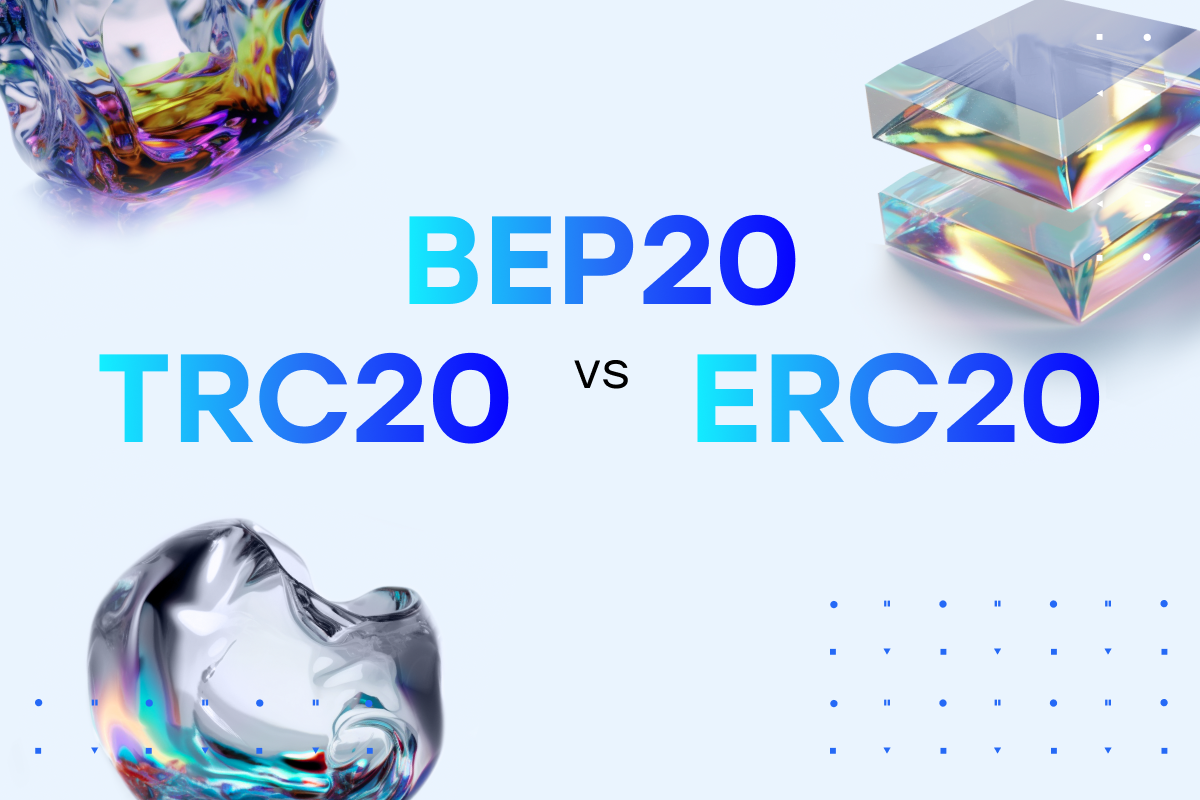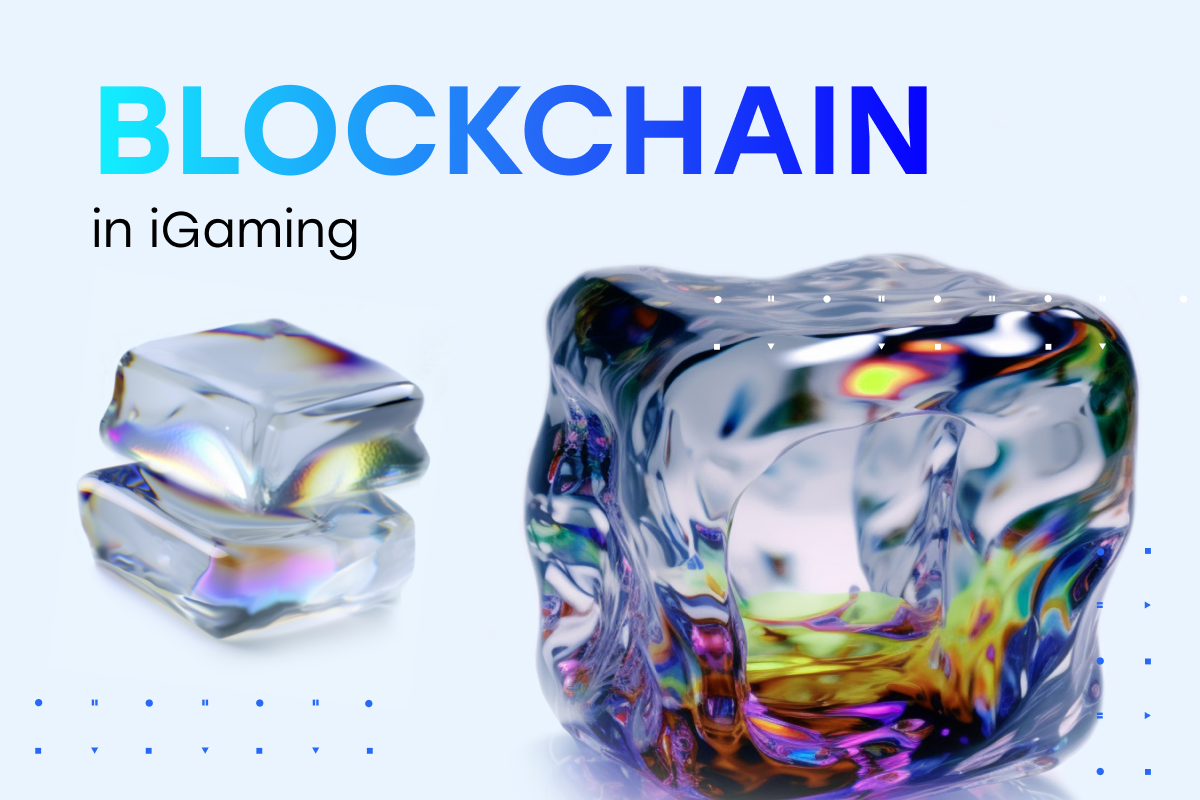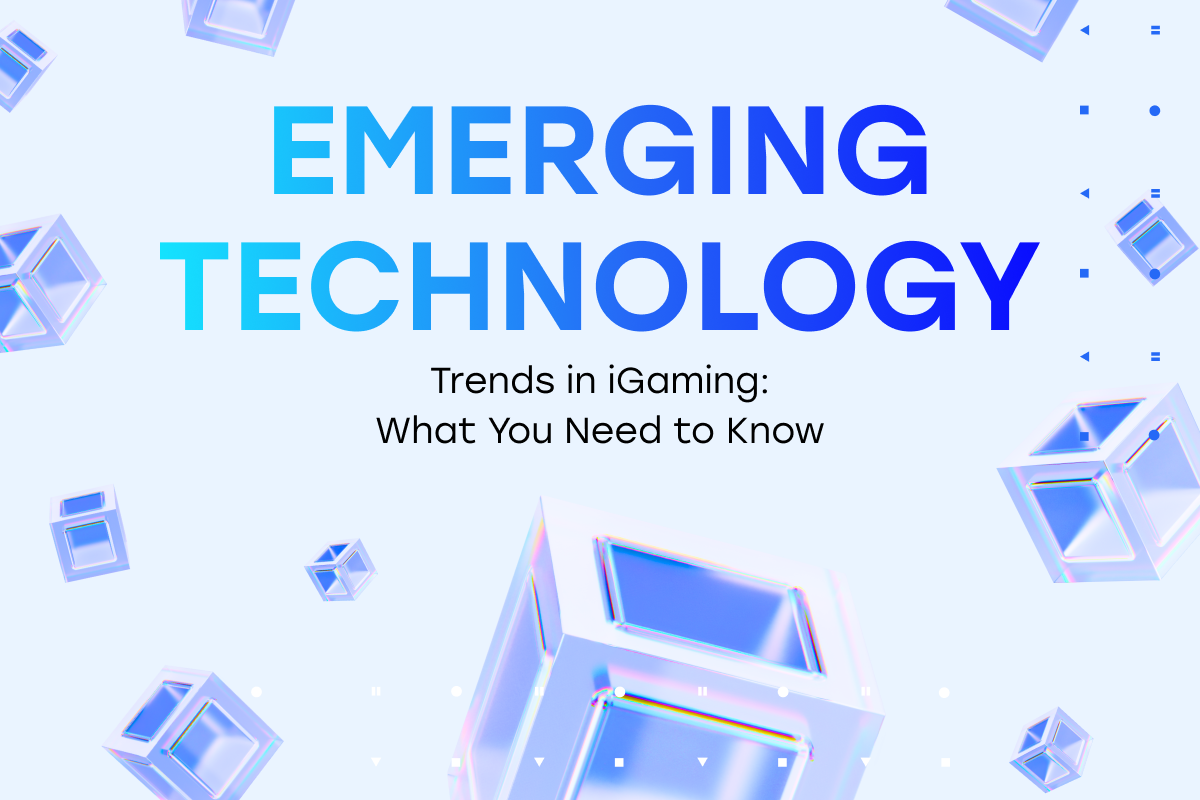BEP20 VS TRC20 VS ERC20: Differences & What’s Best for Online Casinos

The world of crypto is complicated. Some terms are difficult to explain, some processes are difficult to understand, etc. When talking about differences between bep20 vs erc20 vs trc20 it is important to elaborate on token standards first. Every token is a unique digital asset, a virtual currency, or a denomination of a cryptocurrency. And they are all made on different token standards. So let’s talk about them first.
What is a token standard?
Every crypto token is governed by a smart contract, a piece of software running on a blockchain. The creation of any token requires coding a smart contract. Depending on the blockchain it’s created on, there are different standards. For example, the most popular tokens created on the Ethereum blockchain are called ERC20 tokens.
A token standard is an interface that a smart contract must respect, like a set of rules of this exact environment. Usually, token standards characterize how tokens can be transferred between users and how to keep a consistent record of these transfers. Standards guarantee that smart contracts remain compatible. When you create your own token, the standard ensures compatibility with the existing decentralized exchanges, crypto wallets, etc.
Because there are several blockchains existing out there, it led to tokens being created across multiple different standards. For example, Ethereum (ERC token standards) takes the biggest chunk of the list with these standards:
– ERC-20
– ERC-721
– ERC-777
– ERC-1155
Less popular standards are Binance’s BEP2 and BEP20, Tron’s TRC20 and TRC10, Solana’s SPL standard tokens, Polygon, Avalanche, etc.
BEP20 Token Standard

As this standard is one of the most popular, we will start describing it. In this section, we will talk about everything related to Binance Smart Chain token protocol: what is BEP20, how do BEP wallets work, what is BEP2 network and how are these 2 different. It’s good to start with the fact that nowadays Binance has a unique dual chain architecture, which means it supports two chains, Binance Chain and Binance Smart Chain. Token BNB is used to fuel both.
What Is BEP20 Token?
What does the BEP20 token represent? The abbreviation “BEP” stands for “Binance Smart Chain Evolution Proposal”. It is obvious that this token standard was made by Binance for their own Smart Chain, the platform that runs parallel to the original Binance Chain, but let’s talk about this later. BEP20 basically extends ERC20, the most famous Ethereum token standard.
Nowadays BEP20 tokens are so popular because Binance launches popular tokens through their decentralized networks. For example, the most famous stablecoin, BEP20 coin BUSD, also SAFEMOON, CAKE, BAKE, etc. With massive marketing campaigns that included coin drops, BEP20 tokens became trendy in a matter of days. Let alone the fact that different trading activities on Binance usually require staking BEP20 coins.
The advantages of Binance Smart Chain BEP20 token standard include:
– the cross-chain similarity between networks
– validator return advantages
– Proof Of Stake over Proof Of Work
BEP20 Wallet
BSC BEP20 wallet links users with different blockchains. Every blockchain has its own public address where that specific crypto is encrypted and stored. BSC (Binance Smart Contract BEP20) Wallet allows you to manage, store and trade multiple cryptos.
You can send and receive digital assets and also perform other crypto functions like trading and staking assets.
The pros of the BEP20 BSC wallet:
– A wide range of cryptos are supported
– It is user-friendly
– It is very secure
Like with every crypto wallet, it is crucial to enable 2FA and a recovery phrase, look out for malware on a device, and keep it locked when not in use.
Another question is what is BEP20 address? BEP20 address usually starts with symbols like 0x859*.
BEP2 vs BEP20: How Are These Two Different?
People often get confused about these two token standards, so in this section, we will explain the difference between them.
What Is BEP2 Token Standard?
This technical standard means that tokens were created on the Binance Chain. Tokens on this standard follow the rules of the Binance Chain ecosystem, which means that digital assets can seamlessly interact with each other.
Trading Binance’s native BEP2 token requires a BNB coin to pay for the transaction costs (this is exactly what we were talking about in the previous section), so it’s impossible to do the transaction unless you have some small amount of BNB on your wallet. It is similar to gas fees on Ethereum standards. Also, trading BEP2 is possible solely on the Binance DEX, a decentralized exchange that works on top of the Binance Chain.
BEP2 token list is represented by BTCB, a coin that is fully backed by Bitcoin, and BUSD, a stablecoin, which means it is backed by the US dollar.
BEP2 vs BEP20
As we already mentioned, BEP2 tokens are native to the Binance Chain, whereas the BEP20 tokens are related to the Binance Smart Chain. BEP20 has an advantage over BEP2 from the point of view of the support for smart contracts. This may be the biggest difference between BEP2 and BEP20.
Is BEP2 same as BEP20 in terms of their addresses? No, they’re not. BEP2 wallets start with a “bnb”, but BEP-20 addresses are similar to the Ethereum blockchain and start with “x0”.
In terms of compatibility with Ethereum, BEP2 is limited within the Binance ecosystem, whereas the BEP20 has been created based on the Ethereum ERC20 token standard, which means it is compatible with the Ethereum ecosystem.
As for the Consensus Mechanisms, Binance Chain uses the Proof of Work algorithm, that’s why transactions with BEP2 tokens usually are more expensive and not good for the environment. BEP20 is in favor here for its Proof of Stake. This consensus mechanism has a better speed of transactions and also a way lower cost for transactions.
All in all, when comparing BEP2 to BEP20, the last one seems to have some advantages over the first one.
How to Create BEP20 Token?
In order to create a token on Binance Smart Chain, you need to follow these steps:
– Add a BSC Testnet to your MetaMask Wallet
– Add Test BNB to Your Wallet
– Code your token by using the ERC-20 specification from OpenZepplin
– Deploy the Token
– Add it to your Wallet
That’s all it takes to create a BSC token.
TRC20 Token Standard

In this block we will be talking about TRC20 token protocol: what are the fundamentals of TRC20 network standard, how does it operate, what is TRC10 and how are trc20 vs trc10 different.
What Is TRC20 Token Standard?
TRC20 belongs to the TRON blockchain that defines the rules for tokens to follow. TRON was founded by Justin Sun in 2017. This network was designed as a more efficient analog of Ethereum in terms of lower fees and faster transactions thanks to Delegated Proof of Stake. The TRON network has an average block time of 3 seconds per block, which is far better than Ethereum’s 15 seconds block time.
The TRON Virtual Machine utilizes the same Solidity language for contract programming as ERC networks, all TRC20 tokens are compatible with the Ethereum network. This means that the TRC20 token may be used on the ERC network, and vice versa.
In 2022 TRON TRC20 network is used a lot, mainly because TRON fees are lower and transactions are faster.
TRC20 Wallet
TRON network wallet is software that allows users to store and manage their TRC20 tokens. Physically the coins are stored in the blockchain and users access them using public and private keys. The wallet enables keeping, sending, receiving, exchanging, and performing other operations with TRC20 coins. This can be either a mobile app or a desktop version.
TRC10 vs TRC20
These are two dissimilar standards and here we will explain the difference between them.
What Is TRC10 Token Standard?
The TRON network is behind the technology token standard TRC10, which does not necessitate the TRON Virtual Machine (TVM).
TRC10 tokens are used in many industries, including banking and finance, retail, real estate, healthcare, education, supply chain management, media, augmented reality, virtual reality, aviation, and gaming of course.
The Difference Between TRC10 and TRC20
TRC10 is just a technical token standard, whereas TRC20 is a technical standard utilized for smart contracts on the TRON blockchain. This is a short answer to the question ‘what is the difference between TRC10 and TRC20’.
Unlike the TRC20 network, TRC10 features a built-in tracking system, so its transaction costs claim to be a thousand times cheaper than those of the TRC20 standard, but it needs additional bandwidth for API transactions and deposits. Users freeze or lock up TRON (TRX), which generates bandwidth and energy, rather than paying gas costs to complete transactions, as happens with Ethereum networks.
How to Create TRC20 Token?
The creation process looks like this:
– Create an address with a smart contract (not necessary if you are using TRC10).
– The Tronscan platform should be connected to your wallet. Ensure that you use the TRON blockchain to create your TRON token.
– To access the token tracker option, select Blockchain from the drop-down menu and then “create token”.
– You need to include more information on the token’s requirements, including its supply, demand, value relative to TRON, freeze and release dates, and other details.
Your TRC20 token is ready if everything is done correctly. It has a smart contract address, therefore there are no costs associated with producing TRC20 coins (Note: A cost of 1024 TRX must be paid for each TRC10 token created).
ERC20 Token Standard

Finally, let’s talk about Ethereum networks: what is an ERC20 token standard, how does an ERC20 wallet work and how to create ERC20 token.
What Is ERC20 Token Standard?
An ERC20 is a standard utilized for creating and issuing smart contracts on the Ethereum blockchain. The creation of smart property or tokenized assets that individuals can invest in can then be accomplished through smart contracts.
The ERC20 token standard came into operation in 2015, and ERC stands for “Ethereum request for comment.” Many well-known crypto coins, such as Tether (USDT), Basic Attention Token (BAT), Augur (REP), and OMG Network, adhere to the ERC-20 standard. According to research by Yahoo! News, several successful cryptocurrencies were launched using the ERC20 standard, and ERC20 tokens essentially monopolized the ICO bull market in 2017.
ERC-20 Wallet
ERC20 wallets are digital wallets to manage all the Ethereum tokens and protect them against hacks.
Like other crypto coins, ERC tokens can be stored on a digital wallet or a ledger (Hardware Wallet).
The best hardware ERC20 wallet could be considered Ledger Nano S or Trezor. As for the mobile or desktop options, there are different apps, for example, MyEtherWallet, MetaMask, Coinomi, etc.
How to Create a Token on Ethereum?
There are many ways on how to create an ERC20 token. If you have already made a smart contract and looking for what to do next, here’s how to issue the token on MetaMask in a few easy steps:
– Click on the Add Token button
– Select the Custom Token option
– Paste the contract’s address in the first field.
The token symbol and decimals will be automatically retrieved by Metamask. Your token will be added to the wallet after you click next, and Metamask will list it under the assets section.
ERC20 vs BEP20 vs TRC20
We will compare these 3 token standards in terms of compatibility, efficiency, algorithm, security, block verification speed, and, of course, gas fees.
Programming language and compatibility
All three networks share the same one, called Solidity. It implies that they are mostly interchangeable and cross-compatible, with tokens created on one platform being usable on others. For example, Binance vs Ethereum is compatible, same as BEP20 vs TRC20. It means you can send or withdraw an ERC-20 or TRC-20 token using the BEP-20 network. In addition, with the exception of fees and usability, the process of creating and deploying tokens is essentially the same across all three networks.
Efficiency
TRON is essentially an improved and more affordable version of Ethereum. Due to the impracticality of mining on the Ethereum network because of the extremely high fees, alternatives like TRON and BSC have developed, offering more effective and affordable options in addition to the full functionality of the Ethereum blockchain.
So, when comparing BSC vs ETH, BSC token standard would be more efficient, same as TRON.
Algorithm
If we look at ERC20 vs TRC20, ERC20 uses an old Proof of Work (poW), whereas both TRC20 and BEP20 are on Proof of Stake but with a little difference. Binance’s network is a customized Proof of Stake Authority (poSA) and TRON’s is Delegated Proof of Stake (DpoS).
Security
The most secure would be, unexpectedly, Ethereum, and the second place would go to TRON. BEP network is considered the least secure network.
The speed of block verification
Both BEP20 and TRC20 have a processing time of 3 seconds, whereas ERC’s time is the whole 15 seconds. So, if we compare TRC20 vs BEP20 they’ll be the same but when comparing ERC20 vs BSC potocols, Binance’s network would be 5 times faster.
Gas fees
ERC and BEP networks have dynamic gas prices, whereas the TRON network has a stable price for transactions.
In summer 2022, the average gas fee for Ethereum dropped to $1.57. The Ethereum network charged an average gas fee of about $40 between January 2021 and May 2022, with May 1 of that year seeing the highest average daily gas price of $196.638.
At the same time, transactions on the BEP network cost between $0.17 and $0.27, which is way lower than the lowest Ethereum fee on its better days.
With TRON fees it’s more interesting. When transferring assets, the TRON blockchain uses two different sorts of network resources: bandwidth and energy.
– Bandwidth is required to transfer any asset on the TRON blockchain. The network gives each account (i.e., active address) 5,000 Bandwidth points for free every 24 hours.
– Transferring assets controlled by smart contracts, such as TRC20 tokens, requires energy. An account can move assets without paying any network fees as long as it has enough bandwidth and energy. The account transmitting the TRC20 assets will be charged a network fee of TRX 4.09668 (around $0.26) if it does not have enough energy.
So, as we can see, fees-wise, when we compare Binance vs Ethereum, the Binance network would be cheaper. But if we compare TRC20 vs BEP20 fees they’ll be pretty similar, with the difference that TRON can be fee-free if there’s enough energy.
Which Network is Better For Online Casinos?

When an online casino issues its own crypto token with the help of Trueplay, there’s a choice of what network to choose for token creation. In fact, there’s no clear answer to the question “which one is better”, as these networks are very similar. In terms of fees, TRC20 and BEP20 would be cheaper options compared to ERC20, the same as the transaction speed. However, ERC20 is more popular and BEP20 is a seсond place on this list due to the increasing global popularity of the Binance Exchange. It’s good to know that all BEP20 tokens are compatible with multiple tokens, which can help your token get popular.
Anyway, we recommend you make your token compatible with ERC20 and BEP20 standards and have several networks for transactions so that players can have a choice. If one network has high fees at this moment, they can choose another one.
At Trueplay, we can help online casinos issue their own crypto token to use it for players’ rewards through our unique loyalty programs. There’s no need for developers, our product is very easy and straightforward. When creating your own token, we can include any of the networks on the list of casino’s supported token standards.
Try Trueplay today and see how you can improve user engagement with loyalty programs that reward players in crypto tokens. You can check out the demo of our iFrame widget or request a call with a personalized demo.



